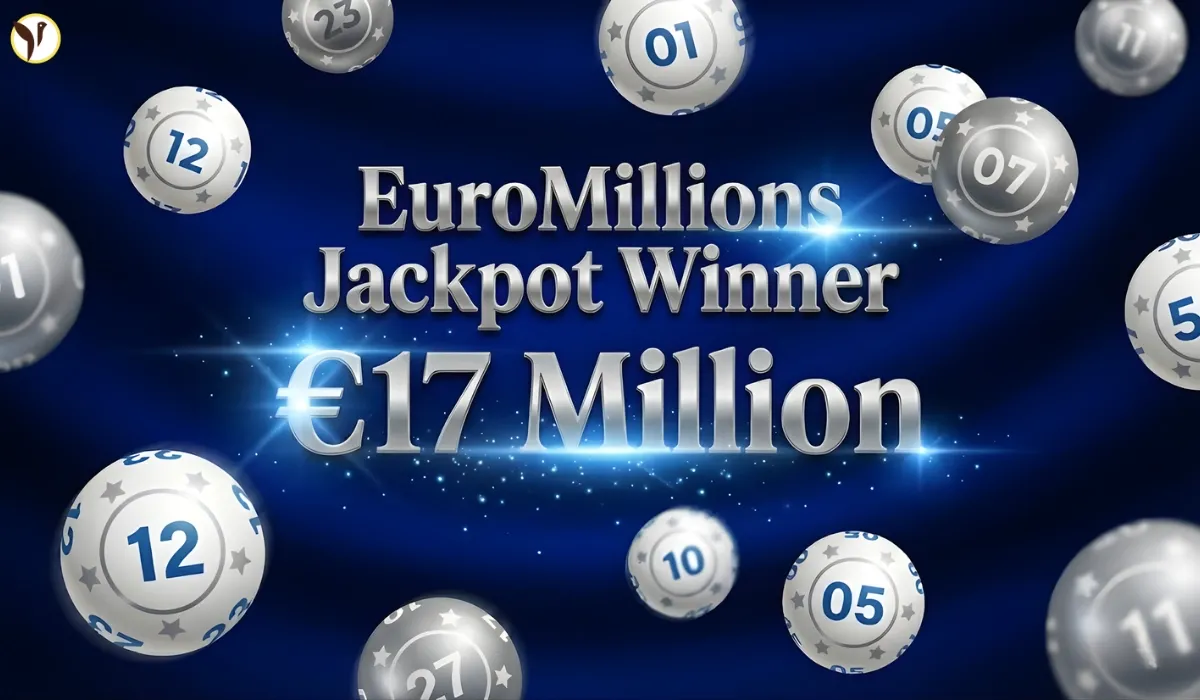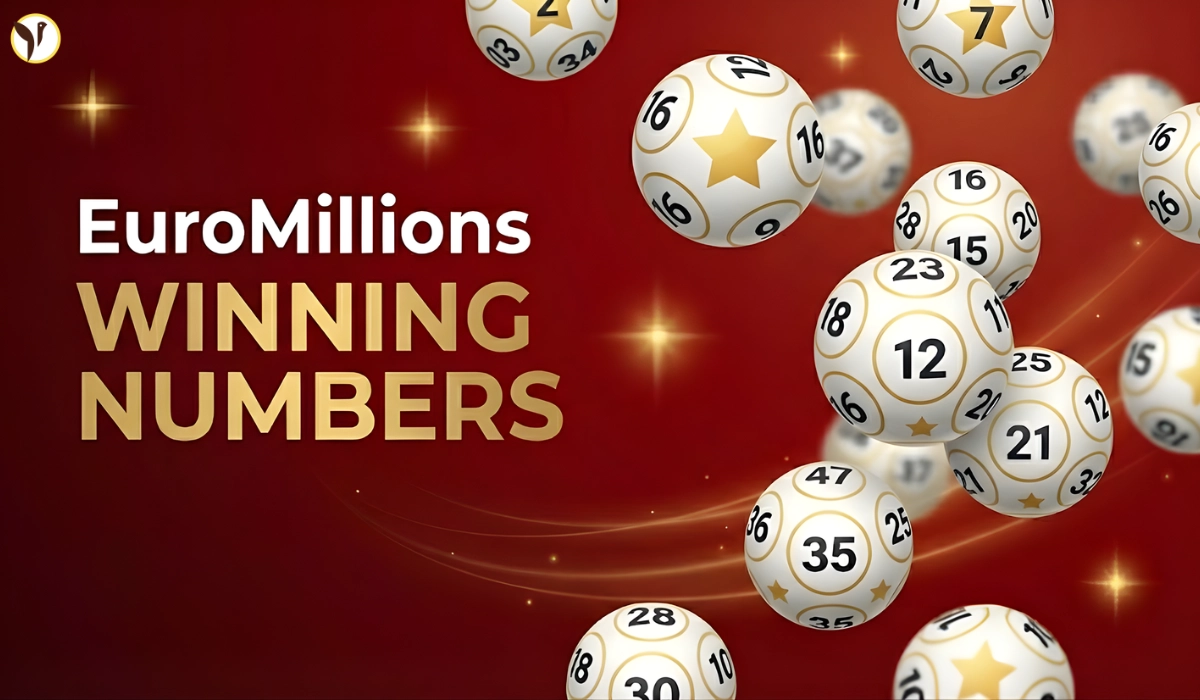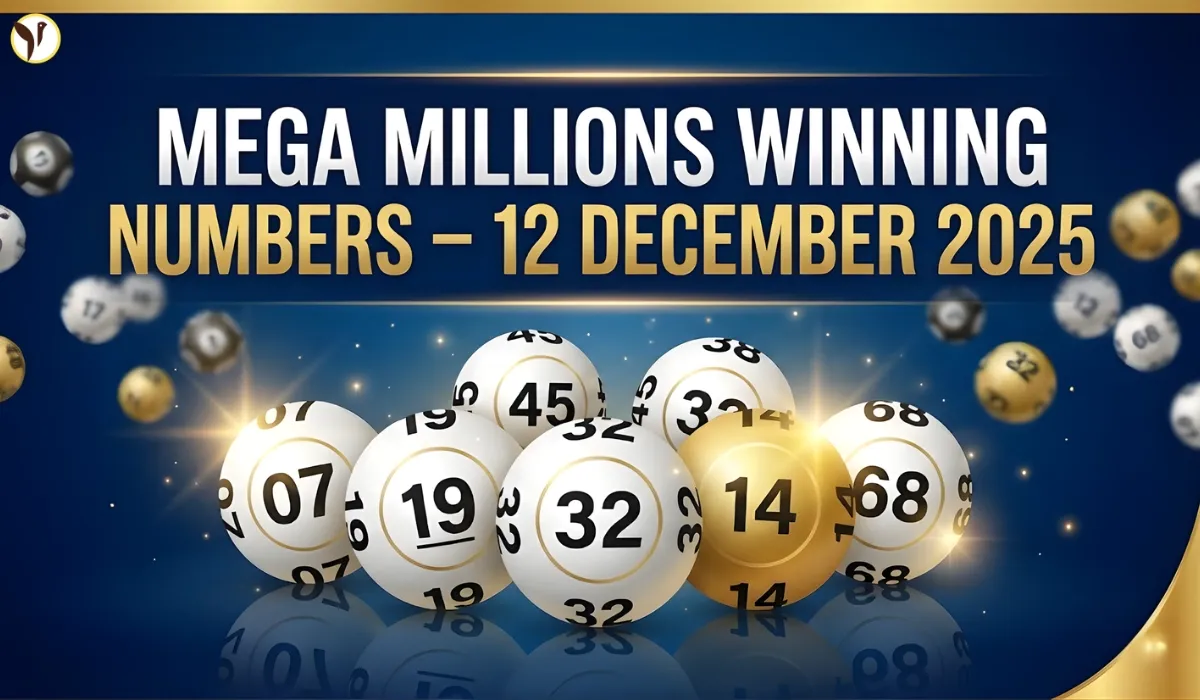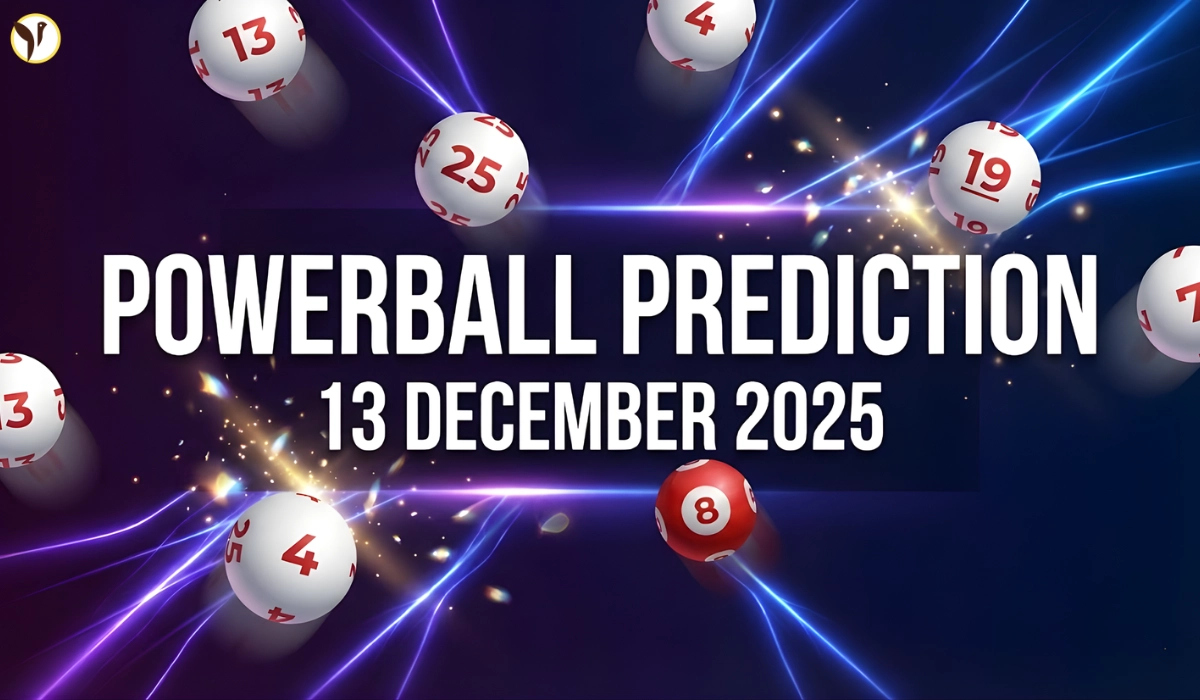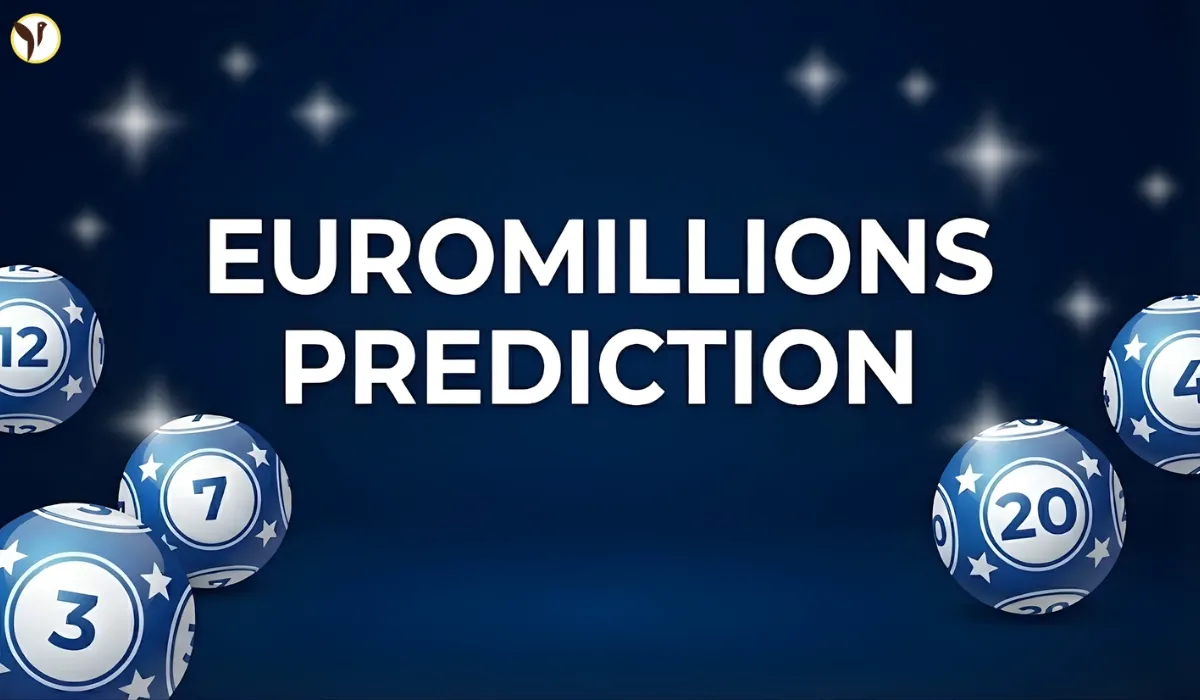If you sat down with a coffee today and opened the Connections puzzle from The New York Times, you probably had one of two reactions — either “Okay, I got this” or “Wait, how are these words even related?” Honestly, today’s puzzle wasn’t too wild, but that last group (purple) really needed some thinking. Here’s a little walkthrough to help if you’re still stuck or just curious about how it all came together.
Group 1 – Words That Mean Showing Off (Yellow)
This one was kind of fun. It was all about being flashy or loud in the way someone acts. Like when someone’s really trying to be seen — maybe strutting around or being overly proud. It didn’t take long to click that these all felt kind of... extra.
Words included:
-
Bluster
-
Crow
-
Show Off
-
Strut
Once you noticed the attitude behind each word, it just made sense. These are all about drawing attention to yourself — not in a bad way, just loud.
Group 2 – Things That Curve (Green)
At first, this one felt random. But then you step back and go, “Okay... banana... eyebrow... rainbow... ohhh!” They all curve. It’s a group about shapes, kind of quiet but satisfying when it clicks.
Words included:
-
Banana
-
Eyebrow
-
Flight Path
-
Rainbow
It’s interesting how unrelated words can still share a theme if you think visually. A curved flight path? Yep. A rainbow arching across the sky? Totally fits.
Group 3 – Cereal Mascots (Blue)
This one had a fun vibe, especially if you grew up watching cartoon mascots on cereal boxes. Think childhood mornings and those colorful characters.
Words included:
-
Count
-
Elves
-
Leprechaun
-
Rooster
It’s about cereal brands like Count Chocula or the Lucky Charms leprechaun. Not tough if you’ve seen these boxes a million times, but might be a little tricky if you're not from the U.S.
Group 4 – Footnote or Citation Symbols (Purple)
This was definitely the brainy one. Took a minute to realize these are the tiny marks that pop up when you're reading something that has sources — like in books or academic stuff.
Words included:
-
Asterisk
-
Dagger
-
Number
-
Parens
It’s not the most obvious group at first, but if you’ve ever written a research paper, these should feel familiar. You’ve seen them next to a sentence that says, “Hey, look down here for more info.”


